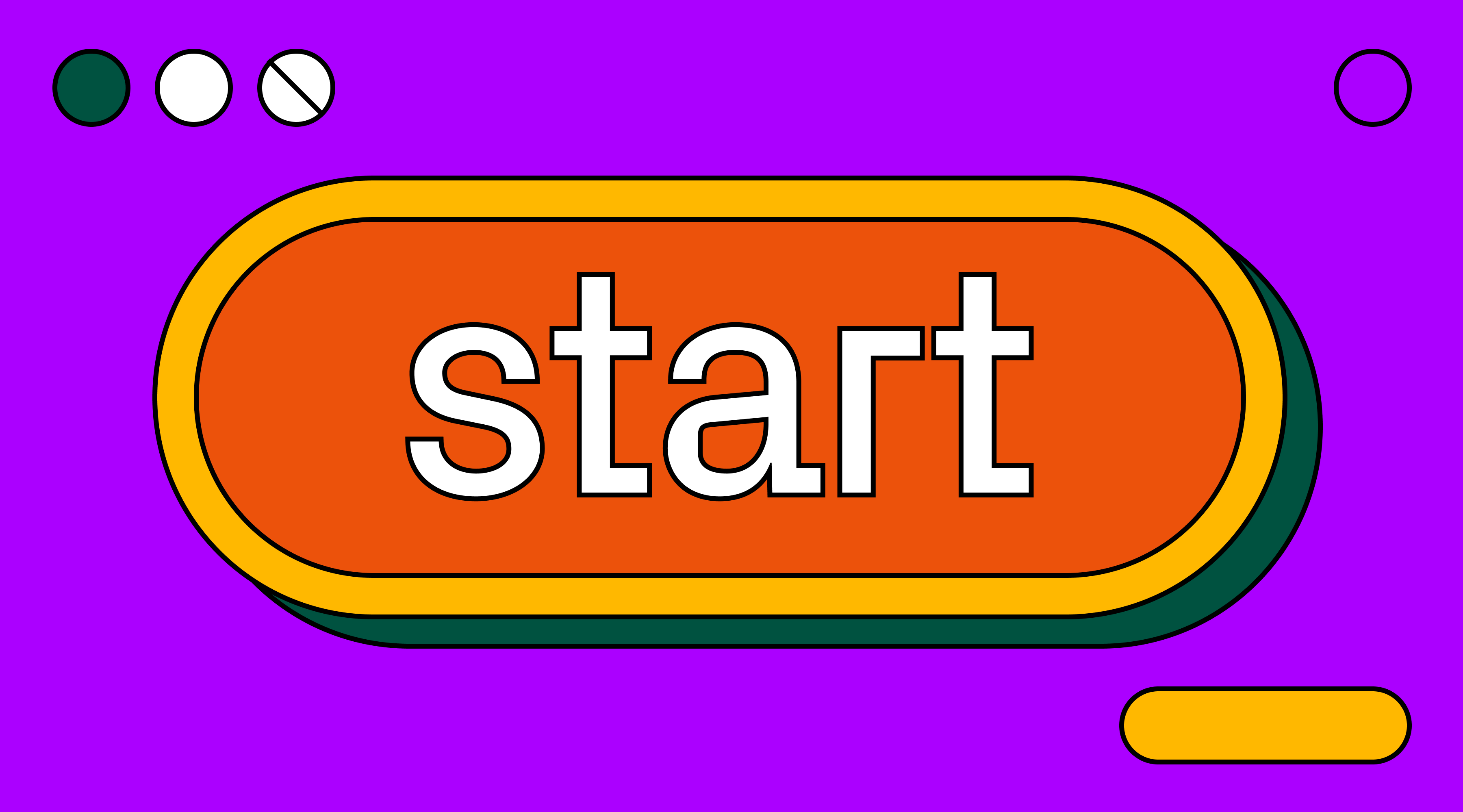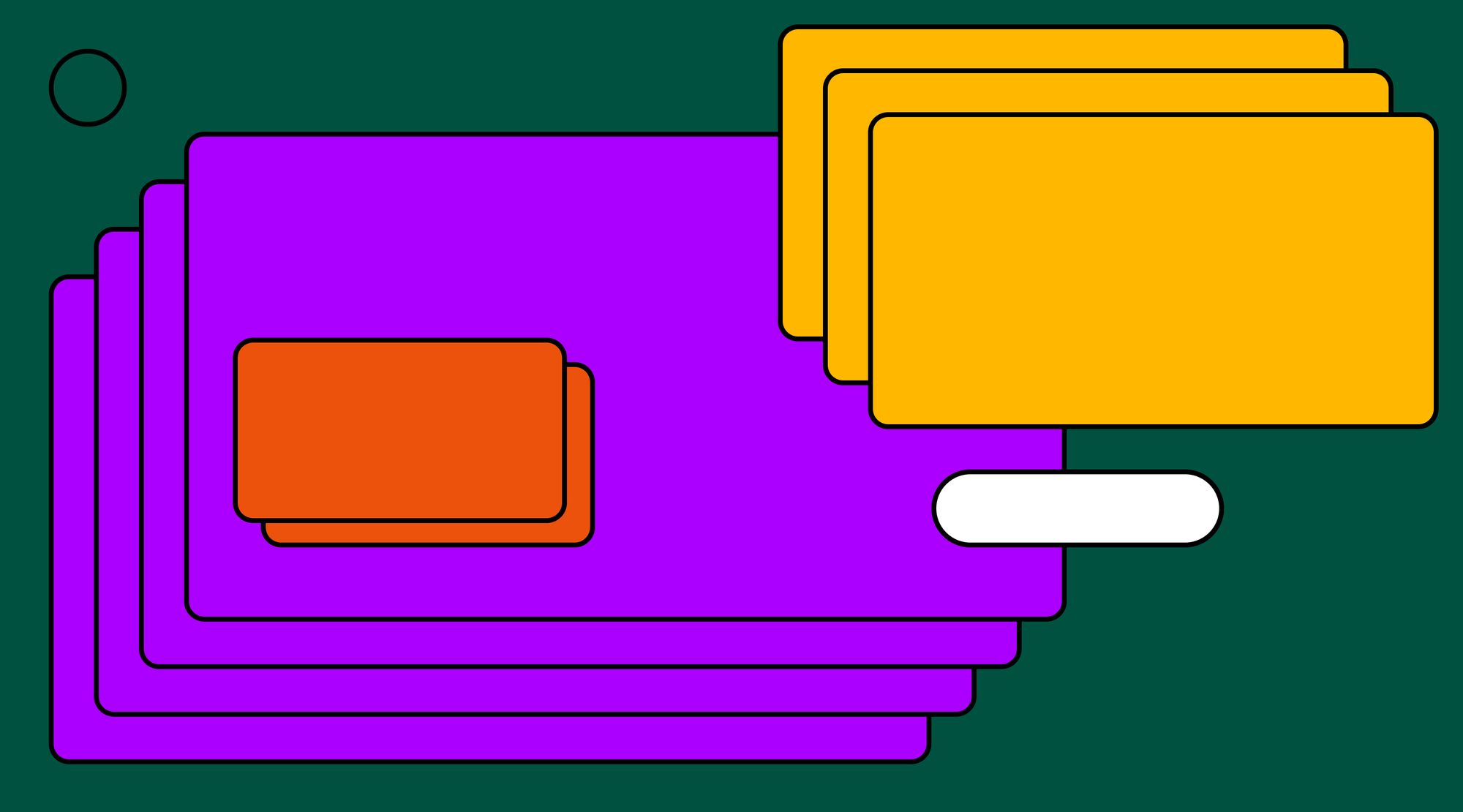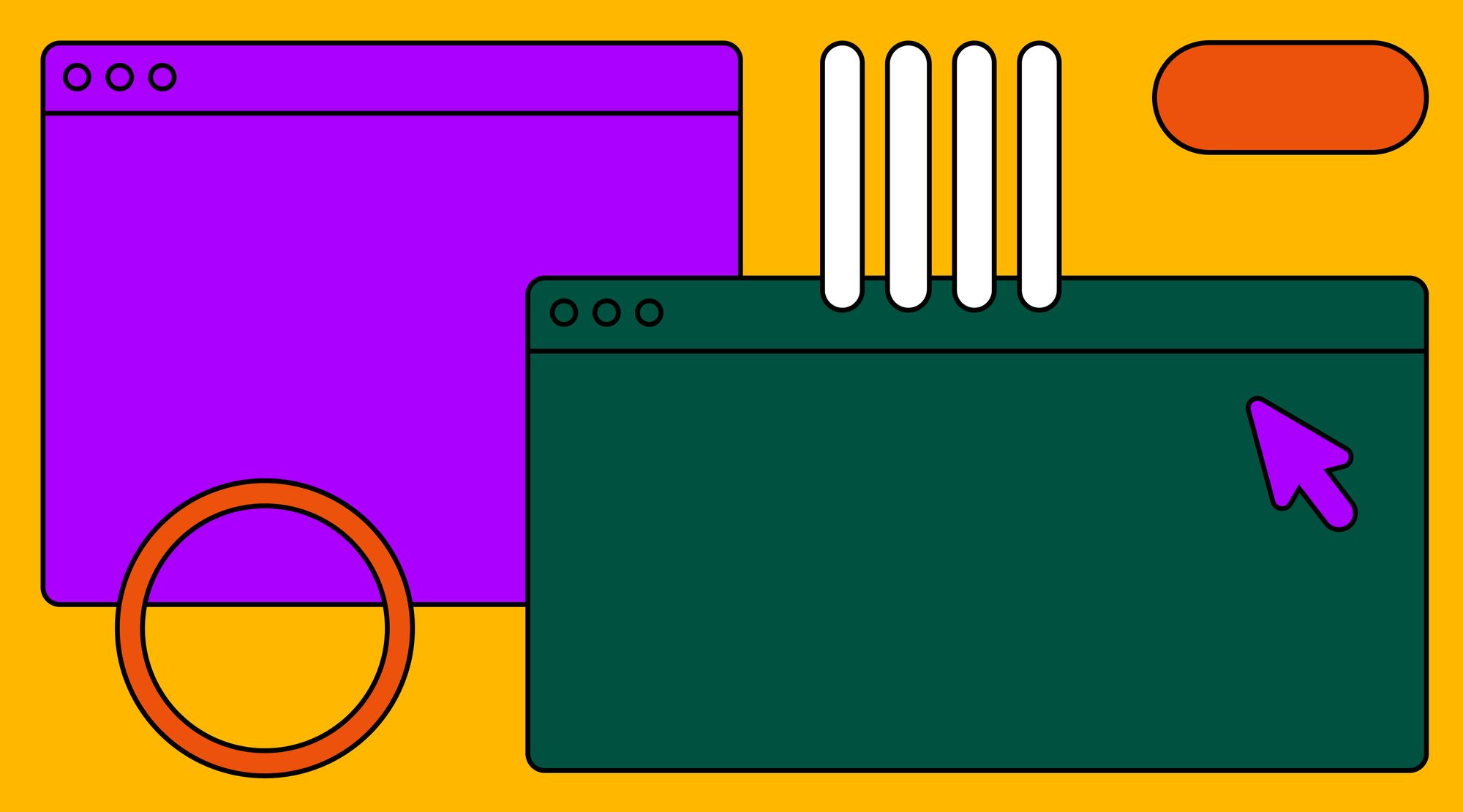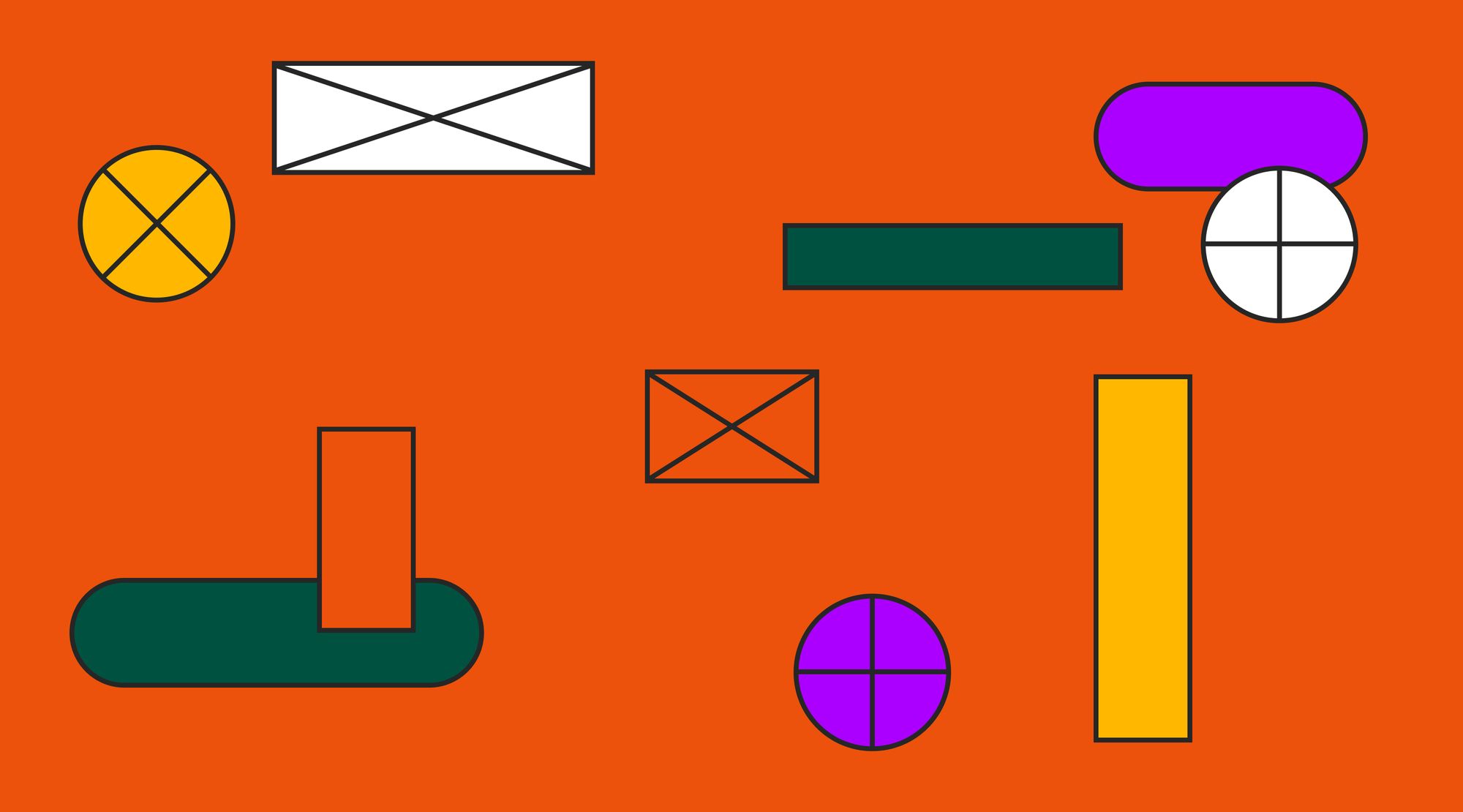How to start your design studio
In this article, we’ll provide a beginner’s guide to starting your design studio – stay tuned for bonus tips and tricks along the way.

Is there such a thing as a reliable business venture in 2022? With 90% of startups failing within the first year–and digital media accounting for just 4% of all venture capital-funded startups operating in 2022–it can sound more than a little scary.
Luckily, the role–and value–of design is more multifaceted than ever as brands seek to create immersive communication that transcends the print/web divide. If you’re ready to take the plunge and launch your design studio, it’ll be essential to figure out what separates the agencies that thrive from those who, well, flop.
In this article, we’ll provide a beginner’s guide to starting your design studio – stay tuned for bonus tips and tricks along the way.
Embrace the process
Creating and growing your design studio is unlikely to be a linear process–and the same goes for the steps we’ve outlined below.
If you find yourself jumping between networking, finding a niche, changing your niche, re-networking, and so much more–breathe–know you’re not alone. Whether these early moments become the founding story of your design studio, or you decide to scrap your business plan and start from square one again, the message is this: embrace the process.
Get some experience

If you’re at the stage of wanting to set up your own agency, then it’s likely you’ve already gained experience and competence in your trade–whether that’s web design, graphic design, or a combination of the two.
That design experience is crucial – but it’s only half the story. Financing. Writing a business plan. Risk management. Industry knowledge. The list goes on. Getting a business up and running requires a multitude of skills that may–or may not–fall inside the job description of your day job or freelance setup.
Create opportunities within your existing employment to explore your strengths and weaknesses, hone your business acumen, and soak up the expertise of those around you. Aim to make yourself indispensable by identifying where processes can be improved, client communication tweaked, and services added–it’s all great practice for decision-making within your own studio.
Try to set aside time to develop a robust creative portfolio, too. Remember, not all work has to be client-facing–editorials can showcase creative design skills that might not otherwise come out in client work. It’s a strategy used by award-winning studios like Obys, a design agency based in Ukraine that uses Readymag to allow designers to play with different fonts and techniques in a purely creative and experience-driven capacity.
Finally, remember that it’s possible to start and grow your studio on the side before committing full-time.
Start networking

Professional networking is the doorway to a room of potential clients, collaborators, and potential referrals–and it doesn’t have to be complicated. Networking is as simple as relationship building. Attending startup networking events, following and connecting with fellow designers on social media, and showing genuine interest in others’ work are all great places to start.
As you get your name out there, it can help to bear in mind that your fellow creatives are likely encountering – and conquering – the same challenges as you:
- Not seeing the sort of events or meetups you’d like to attend? Create your own.
- Don’t know how to sell? Craft your pitch ahead of time, deliver, and follow up.
- Imposter syndrome limiting your networking success? Practice makes perfect.
Your creative network will serve as a web of resources to draw on as you build your studio, helping you to reach new clients, learn from experts, and grow your team.
Remember to surround yourself with tools and environments that make this happen. It’s made a huge difference for studios like DTE, which uses Readymag for all of the advanced features of tools like InDesign, like adjustable layouts, but in a webbased tool kit.
Building your studio: Vision, mission, key players

It’s time to identify your design studio's why, what, and who. In other words:
- Why do you want to start a design studio?
- What do you want to build, offer, or achieve?
- Who is going to make that happen?
Getting the answers to these foundational questions laid out at the outset is crucial, as it will influence key decisions you make as you build your business from the ground up. Let’s dive into each of these 3 questions in a little more detail.
Vision: Why do you want to start a design studio?
What’s driving you to branch out and create your own studio? Whether it’s the freedom to choose your clients or organize your time, the prospect of financial growth, or the desire to take creative risks, articulating your ‘why’ is the first step.
When you hear advice to “remember why you started”, it’s the answer to this question that you’re being encouraged to bring to mind. Your vision should also materialize into the way you represent your studio. Take, for example, Headless Horse, a full-service creative studio based in Edinburgh. Committed to capturing the full variety of their studio’s case studies, the Horsemen created an “Investigation wall” for visitors to explore.
The “Investigation wall” houses a unique page created with Readymag for each client portfolio, it emulates “ the type of crime studies you see in a detective office…we wanted people to feel like they were the first to discover our work and uncover the mystery of our projects.”
Mission: What do you want to build, offer, or achieve?
Do you (and your founding partners, if you have them) have a goal? Amazing! Write it down. As Perrin Drumm wrote of HAWRAF’s Carly Ayres:
“You and your partners might know this intuitively, or you may have expressed it in so many words, but if you write it down it becomes a reference point in times when things get crazy and you can’t stand the sight of one another.”
What might seem an obvious agenda at the outset can easily be side-tracked, diverted, or split into multiple goals. Writing this all down not only forms a crucial part of your studio’s business plan – it helps keep your head in the game.
Key players: Who is going to make that happen?
Being able to choose the team you’ll have alongside you is half the fun (and freedom!) of setting up your own design studio.
It’s common for founders to wear many hats as a new studio comes into its own, but as you grow it’ll become important to establish who does what. As you do so, ask yourself:
- What skills does our team have? What skills are missing?
- How do we want to divide labor – by project, by skill, or by time?
- Who are our experts?
- Do clients have any asks of us that we can’t currently fulfill?
As you add folks to your studio, don’t be afraid to take chances and invest in ongoing career and educational opportunities for your team. And, as always, being willing to embrace change will prove essential!
Establish your niche

If, like many creative folks, you find yourself inspired by a whole range of mediums or styles, the idea of narrowing down your offerings might not seem all that appealing.
Specialization–“the practice of concentrating your design services on a specific sub-market rather than offering to serve the whole market”–is a key business strategy. Specialization allows you to easily communicate your value to your clients. By honing in on an area your studio does well–really well–you can build your brand to reflect this and market your studio directly to your ideal target audience. While specializing in design can mean picking a medium, it can also involve picking certain functionalities.
A graphic designer might offer a range of digital media services that all provide the function of creating a narrative through branding. Similarly, as a user experience designer creates a content hierarchy for a site, they’re typically simultaneously concerned with the visual layout of the site and the way the user interacts with it. What this means is that, despite how the term is often used, specialization doesn’t have to mean narrowing your offerings to a single product or style. Aim to have enough breadth to be flexible, and enough depth to add meaning. Designers across specializations use Readymag to help them achieve exactly this.
Finally: no matter what you choose to focus on, prioritize working on projects that you can be proud of.
Enjoy the ride!
As your new design studio grows and flourishes, there are sure to be bumps along the way. We’d encourage you to celebrate your wins – big and small – and to learn from (but not dwell on) your failures. At all times, remember how far you’ve come.
In the wise words of Rob Coke, Founding Director of Studio Output: “Embrace change (It’s not just unavoidable; it’s essential).” Enjoy the ride, find folks to help you stay resilient, and engage in transparent reflection along the journey – you got this.
Creative freedom, mindful design
A great design studio needs a great tool behind it. Readymag provides a no-code, design-first, browser-based solution for creative web design. Led by the principles of creative freedom and mindful design, we take the hassle out of the process with a fast, intuitive setup that lets you take the lead.
Craft company websites, presentations, portfolios, and editorials that let content take the stage all through an intuitive toolkit of features supported by video tutorials, guides, and templates.
What’s more, Readymag publishes inspiring content oriented toward advancing the culture and community of design. With 400k+ projects published across 192 countries to date, creatives are using Readymag to create more than just websites – they’re telling stories.
To find out more about how Readymag can help you take your design studio to the next level, book a demo or choose a plan to suit your needs.